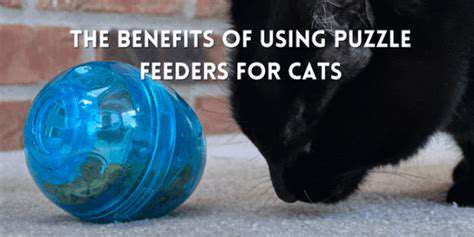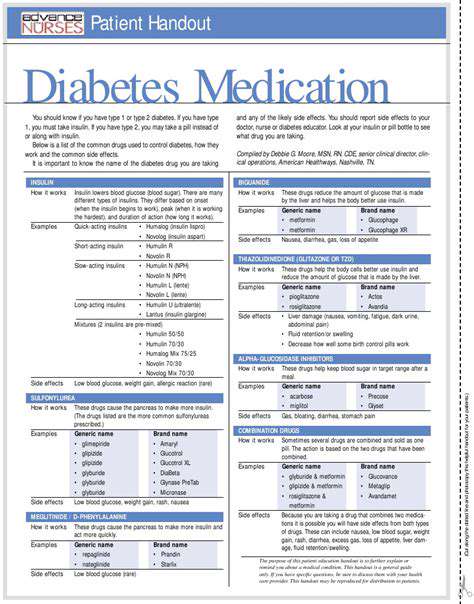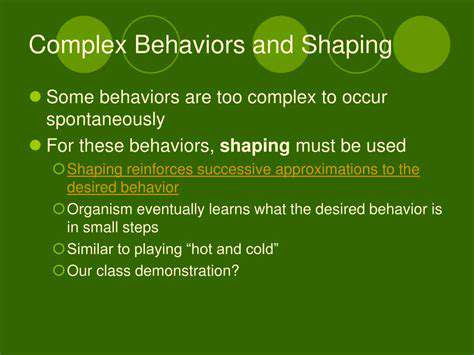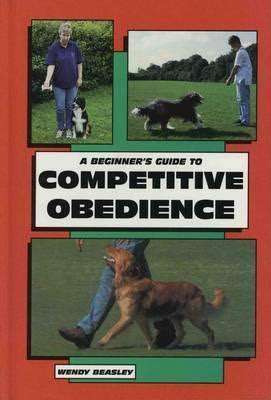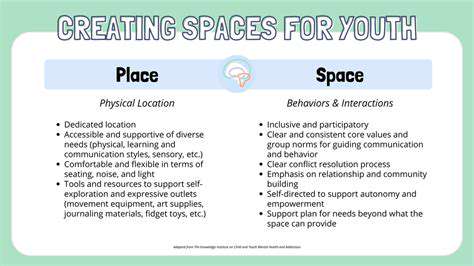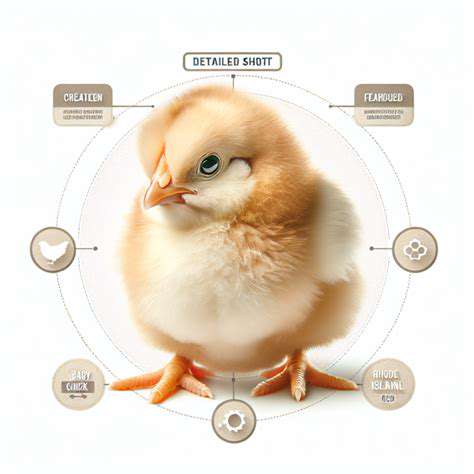Teaching Your Dog to Heel: Perfect Leash Manners
Understanding Your Dog's Needs and Your Own
Successful heel training begins with honest assessment of both your dog's temperament and your training capabilities. Each dog learns differently - some respond quickly to food rewards while others need more physical praise. Similarly, trainers must recognize their own patience thresholds and available time commitments to set realistic goals.
Your daily routine significantly impacts training effectiveness. Consistent short sessions often yield better results than irregular lengthy ones. Consider your dog's energy patterns - some learn best after exercise while others focus better when slightly tired. Aligning sessions with these natural rhythms enhances learning efficiency.
Creating a Positive and Rewarding Training Environment
Training location selection dramatically affects outcomes. Begin in familiar, low-distraction areas before progressing to more challenging environments. The space should feel safe and comfortable for your dog, allowing them to concentrate fully on the training exercises.
Reward systems should be tailored to your dog's preferences. The most effective trainers use a mix of food, praise, and play rewards based on what motivates their individual dog. Avoid negative reinforcement - positive methods create willing participants rather than fearful compliance.
Your own demeanor during training sessions matters tremendously. Dogs mirror their handler's energy, so maintaining calm, positive encouragement yields the best results. Frustration or impatience will only hinder progress and damage the learning environment.
The Core Principles of Heel Training: Luring, Shaping, and Rewards
Luring: The Foundation of Heel Training
Luring serves as the introductory phase where dogs learn to associate movement with rewards. High-value treats work best for capturing attention and creating positive associations. The key is gradual movement - the treat should guide without forcing, allowing the dog to discover the correct position naturally.
Timing is crucial during luring exercises. Rewards must coincide precisely with desired movements to create clear understanding. Rushing this phase often leads to confusion that requires additional time to correct later in training.
Shaping: Refining the Heel Position
Shaping transforms approximate positions into precise heel work. Celebrate small improvements - rewarding incremental progress builds confidence and understanding. This method allows dogs to problem-solve and actively participate in their learning process.
Precision in reward timing becomes even more important during shaping. Instant recognition of correct positioning reinforces the exact behavior you want. Delayed rewards create ambiguity about which action earned the treat.
Rewards: The Cornerstone of Positive Reinforcement
Effective reward systems evolve with your dog's progress. Variable reinforcement schedules (sometimes giving treats, sometimes praise) maintain engagement better than predictable patterns. Discovering what genuinely motivates your individual dog makes training infinitely more effective.
As skills improve, gradually shift from food rewards to life rewards - permission to sniff, play, or explore. This transition builds real-world reliability beyond training scenarios.
Consistency and Patience: Key Elements for Success
All training elements must remain consistent - commands, expectations, and rewards. Mixed signals confuse dogs and prolong the learning process. Family members should use identical commands and techniques to prevent setbacks.
Addressing Distractions: Building Focus and Control
Distraction training should follow a gradual progression. Start with minimal distractions and slowly increase difficulty as your dog demonstrates capability. Set them up for success by not advancing too quickly - each successful session builds confidence for more challenging environments.
When introducing new distractions, temporarily increase reward value and frequency. This helps maintain focus during particularly challenging situations until the behavior becomes habitual.
Beyond the Basics: Advanced Heel Work
Advanced heel training incorporates precision movements and environmental challenges. Adding directional changes, speed variations, and complex environments keeps training engaging while improving reliability. These exercises strengthen the mental connection between handler and dog.
Remember that advanced work builds on fundamentals. Don't sacrifice basic heel quality when introducing new challenges - maintain high standards for position and attention throughout all training levels.

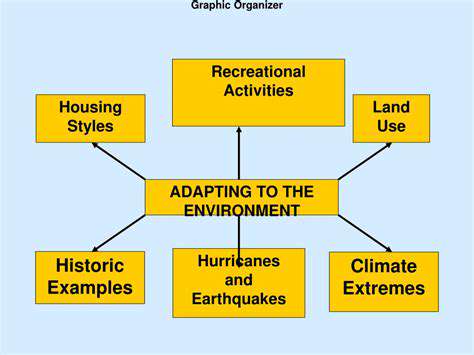
Read more about Teaching Your Dog to Heel: Perfect Leash Manners
Hot Recommendations
- Best Pet Bowls: Stainless Steel and Ceramic
- Pet Hydration: Why It's Crucial
- Stop Counter Surfing: Training Your Dog to Stay Off
- Pet Hypothyroidism: Symptoms and Management
- Signs of Pet Liver Disease: What to Watch For
- Pet Emergency Kits: What to Pack
- Dangers of Xylitol: Toxic to Dogs
- Dealing with Pet Diarrhea: When to See a Vet
- Preparing Pets for Travel: Tips for a Smooth Trip
- Pet Depression: Recognizing the Signs


